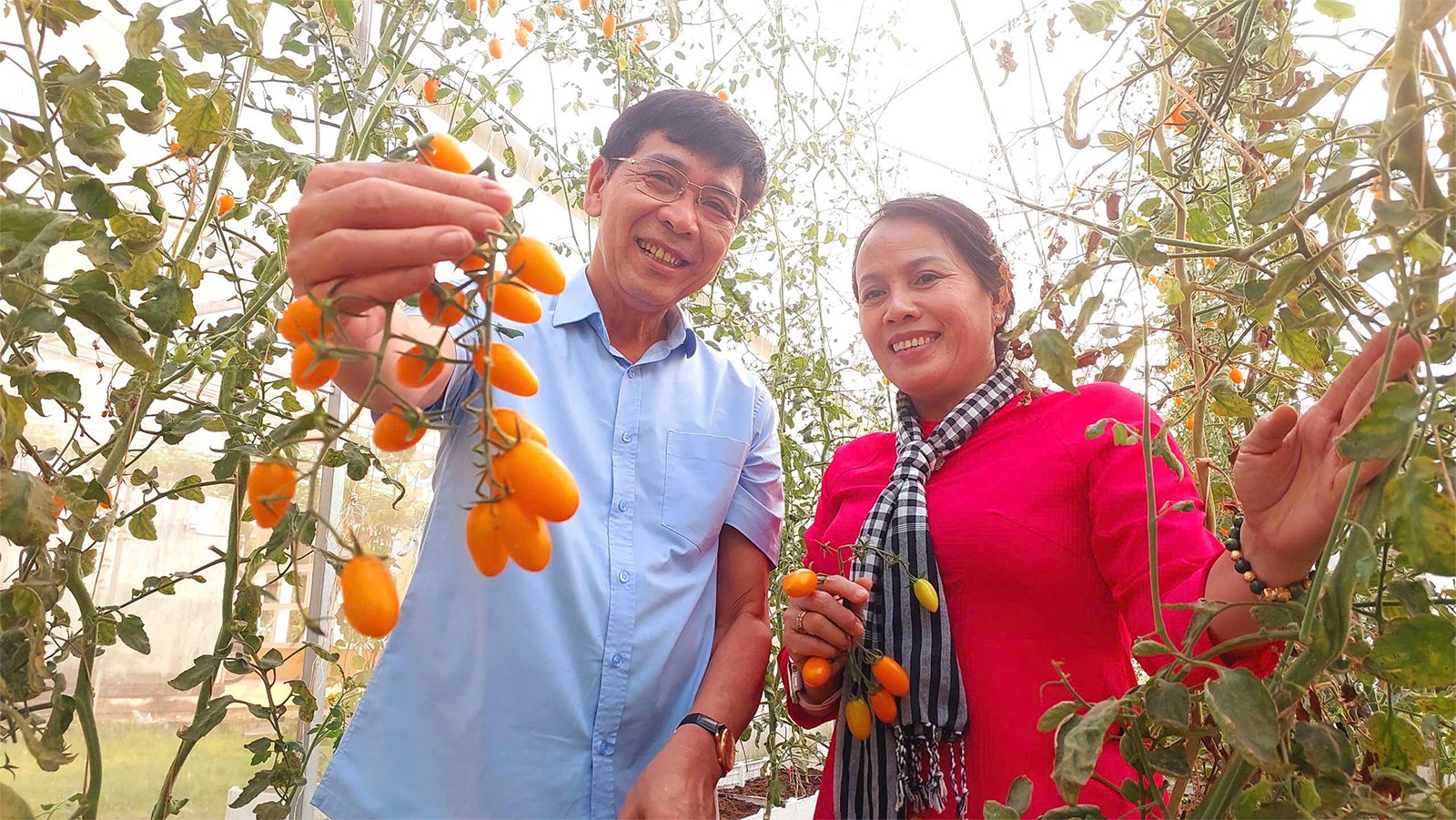
Officials, members and farmers of Ho Chi Minh City visit the high-tech agricultural model of farmers in Rach Gia ward. Photo: DANG LINH
In the 2024-2025 winter-spring crop, Phu Hoa Youth Service Cooperative, Tan Hoi Commune, in collaboration with Vietnam Rice Limited Liability Company (Vinarice), participated in the project "Transforming the rice value chain to respond to climate change and sustainable development in the Mekong Delta" (TRVC). Thanks to this, farmers have gradually changed their production practices and applied technical processes for emission reduction cultivation guided by the project and the Provincial Agricultural Extension Center.
Mr. Nguyen Van Huynh - Director of Phu Hoa Youth Service Cooperative said: "First of all, people reduce the amount of seeds sown from 100kg to 70kg/ha, use biological fertilizers, reduce pesticides and implement water management, alternating flooding and drying from 3 to 4 times throughout the season. Limiting straw burning and utilizing agricultural by-products helps reduce greenhouse gas emissions by 60% compared to before."
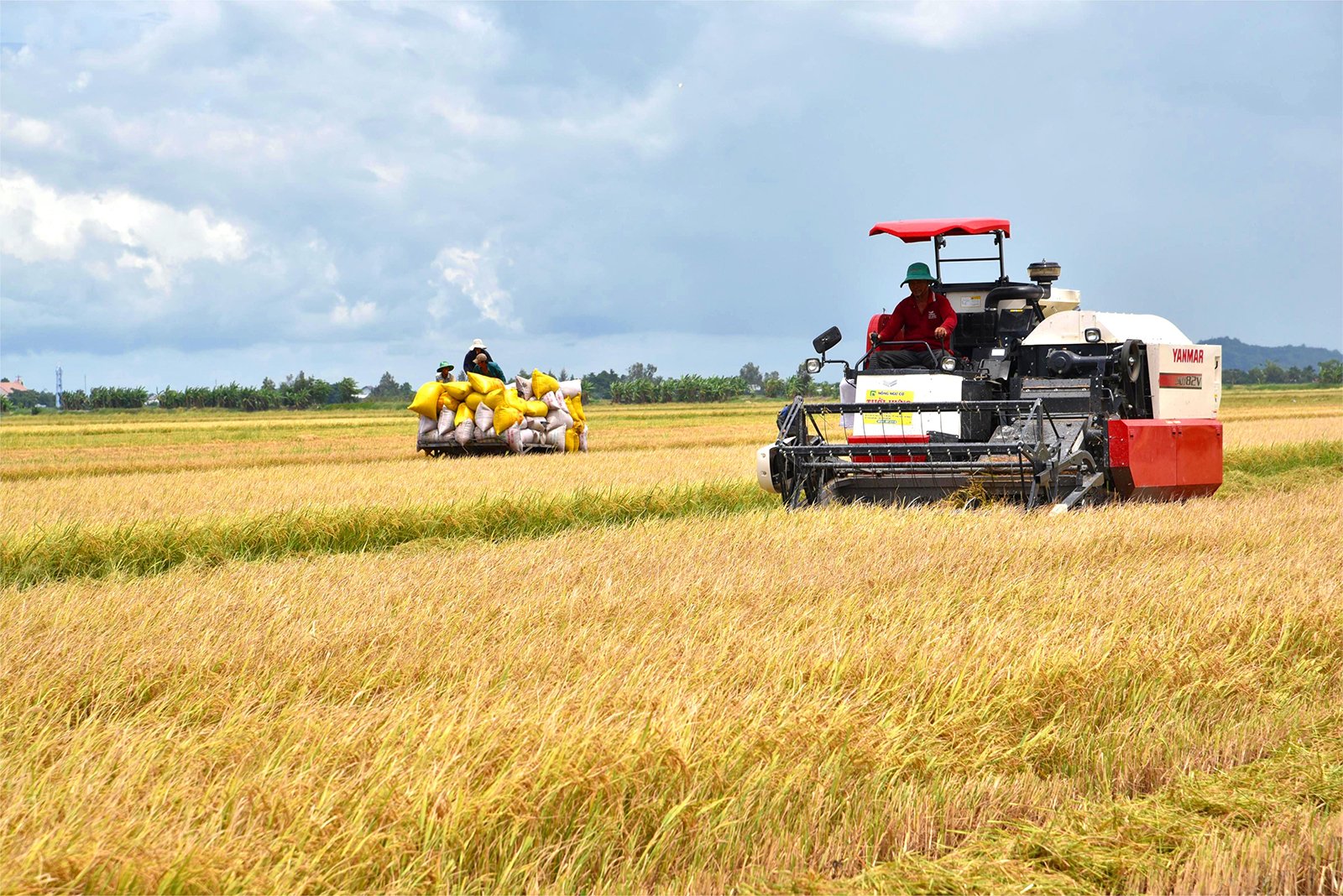
Members of Phu Hoa Youth Service Cooperative, Tan Hoi commune harvest rice. Photo: DANG LINH
The cooperative also mechanizes land preparation, irrigation pumping and sowing by drone, ensuring uniform sowing within 5-10 days, using a single certified rice variety, reducing costs and controlling the quality of the fields well. Mr. Huynh said: “At first, farmers were worried about sparse sowing because after 3-7 days, the rice did not grow evenly, but by the 15th day, the rice grew strongly, with more shoots than dense sowing. Now people have absolute trust, seeing clear benefits in both productivity and costs.”
Following the initial changes in effective farming methods, in the summer-autumn crop of 2025, members of the Phu Hoa Youth Service Cooperative reduced costs by about 3-4 million VND/ha compared to traditional farming, thereby increasing profits by 3-4 million VND/ha. Thanks to good implementation of the process, the cooperative was awarded 125.2 million VND at the TRVC Project summary ceremony organized by Vinarice.
The TRVC project is funded by the Australian Department of Foreign Affairs and Trade, the Netherlands Development Organization in coordination with the Ministry of Agriculture and Environment and the two provinces of An Giang and Dong Thap, and will be implemented in the period 2023 - 2027. The goal is to transform the rice value chain towards climate change adaptation, emission reduction and sustainable development. According to Vinarice Deputy General Director Nguyen Van Be Hai, in the 2024 - 2025 winter-spring crop, the enterprise, cooperatives, cooperative groups and farming households will jointly produce 20,518 hectares of high-quality, low-emission rice, accounting for more than 60% of the total project area. In An Giang province alone, Vinarice will coordinate with farmers to cultivate rice to reduce emissions on 10,344.9 hectares. This model helps An Giang farmers reduce emissions by 37,720 tCO2e; At the same time, the average farmer's profit increased to 58.82% of revenue, double the project's minimum requirement.
In particular, Vinarice also awarded an additional 10 VND/kg of rice to female-headed households and 15 VND/kg to households with disabled heads, demonstrating the spirit of humanity and social justice in production. With outstanding achievements, Vinarice won the first prize of the TRVC Project worth more than 3.5 billion VND, of which 40% was directly divided among 5,400 farming households, the rest was reinvested in training, technical training and development of raw material areas.
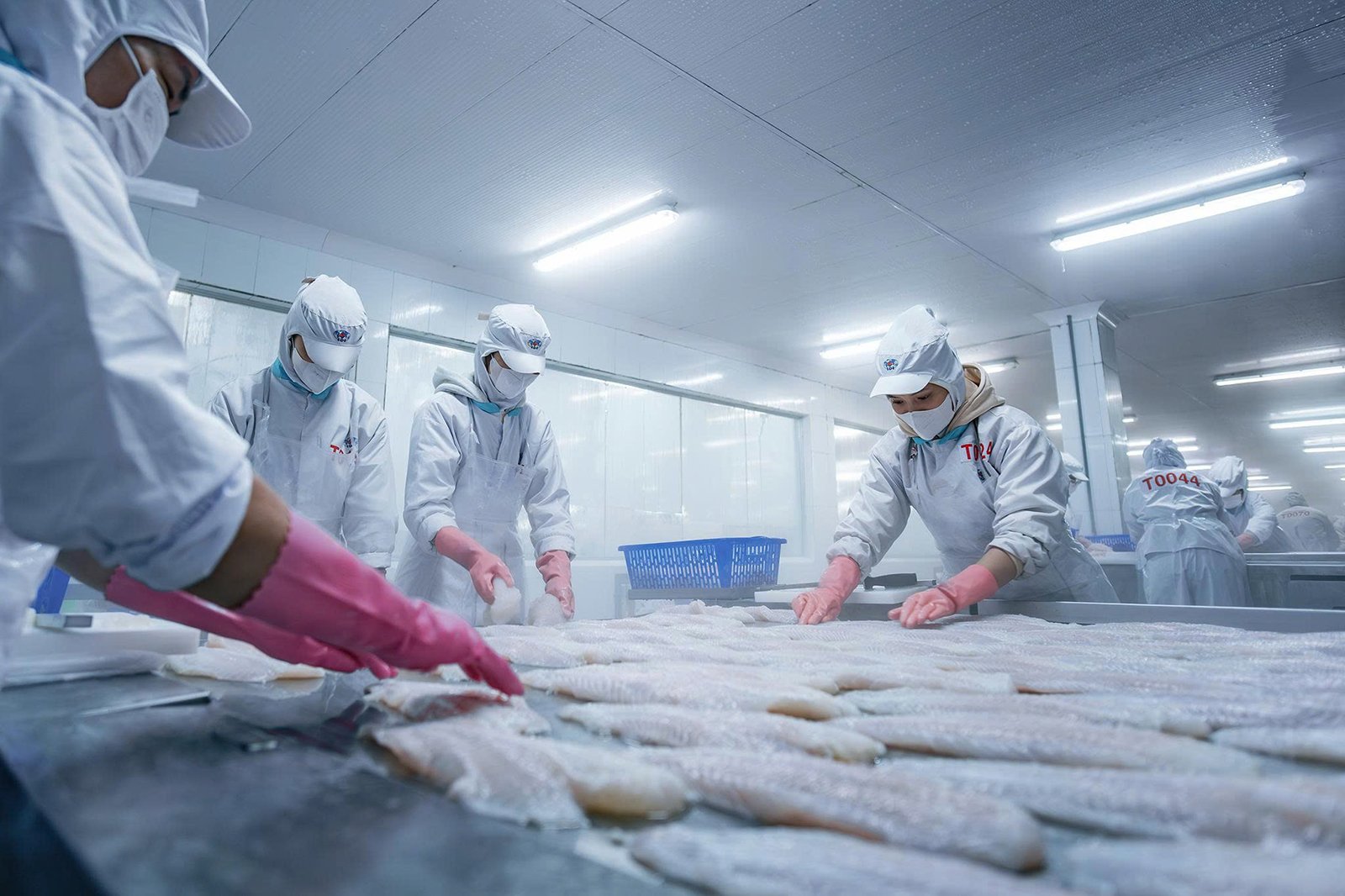
IDI Multinational Investment and Development Joint Stock Company processes pangasius and invests in circulating wastewater treatment technology to reduce environmental pollution and adapt to green development requirements. Photo: DANG LINH
According to the Director of the Department of Agriculture and Environment of the province, Le Huu Toan, in recent years, the province has proactively adapted to climate change, strongly shifting from high-yield agriculture to high-value and low-emission agriculture. The whole province has more than 1.3 million hectares of rice, with an output of nearly 9 million tons/year, of which 83% is high-quality rice. Smart farming models such as rice - fish, rice - shrimp, VietGAP vegetables, and automatic drip irrigation of fruit trees help save 30% of water, reduce fertilizers and pesticides, and increase value.
Along with rice, in livestock farming, the province has strongly developed the concentrated farm model, linked with large corporations such as CP Vietnam, and at the same time increased waste treatment with biogas tanks, contributing to reducing pollution and developing green livestock farming. Aquaculture continues to be a key industry with an estimated output of more than 1.56 million tons in 2025, contributing over VND52,000 billion in production value. Large enterprises such as Australis, Nam Viet, Trung Son, and Viet Uc create a closed value chain from production, processing, and export, affirming An Giang's position on the international seafood map. Mr. Le Huu Toan said: "Adapting to climate change is not just about living with it, but also about proactively transforming, developing circular, environmentally friendly agriculture and improving farmers' lives. That is the path the province is taking, sustainable and promising."
DANG LINH
Source: https://baoangiang.com.vn/an-giang-phat-trien-nong-nghiep-xanh-a463957.html


![[Photo] Conference of the Government Party Committee Standing Committee and the National Assembly Party Committee Standing Committee on the 10th Session, 15th National Assembly](https://vphoto.vietnam.vn/thumb/1200x675/vietnam/resource/IMAGE/2025/10/15/1760543205375_dsc-7128-jpg.webp)




![[Photo] General Secretary To Lam attends the 18th Hanoi Party Congress, term 2025-2030](https://vphoto.vietnam.vn/thumb/1200x675/vietnam/resource/IMAGE/2025/10/16/1760581023342_cover-0367-jpg.webp)
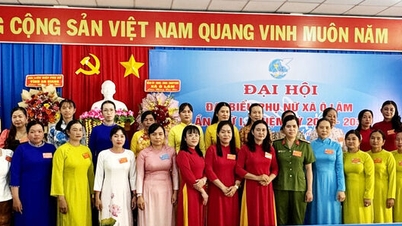
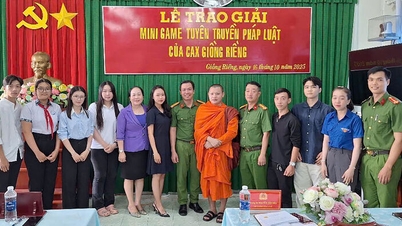


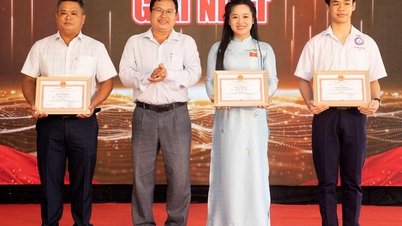
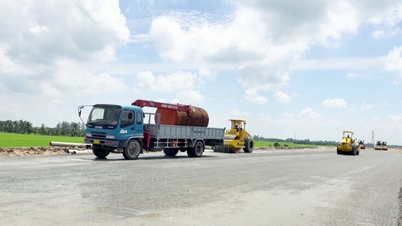
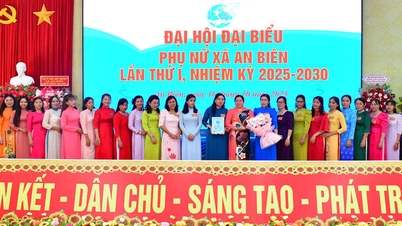
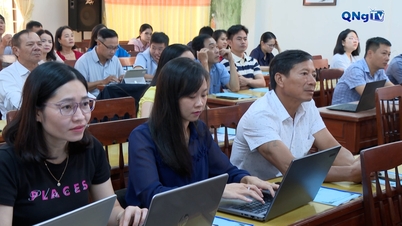

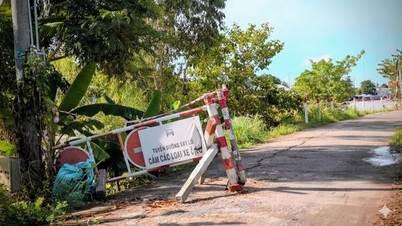
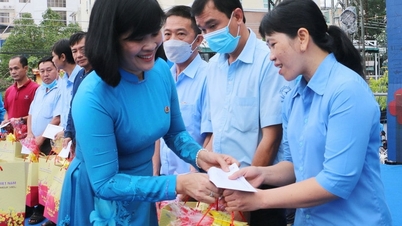

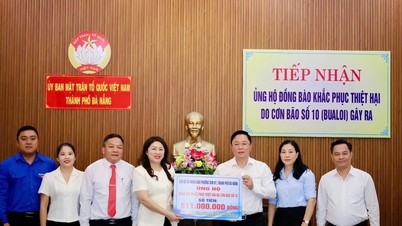

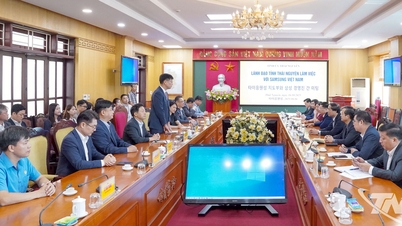

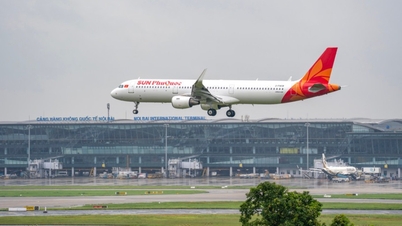





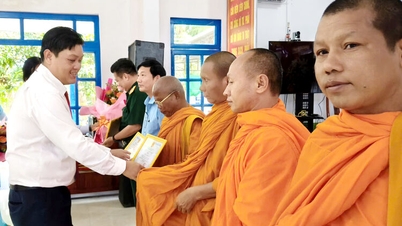
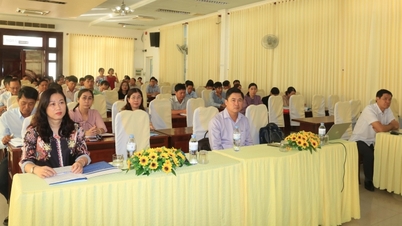
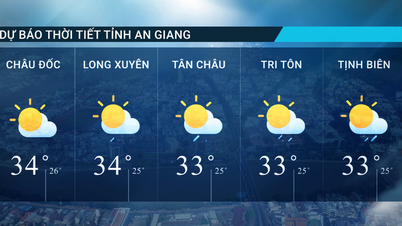
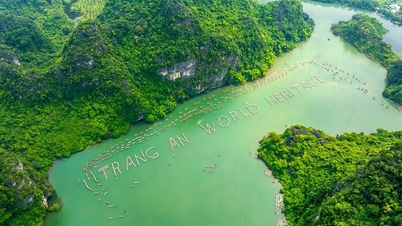
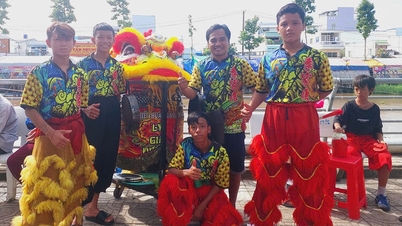
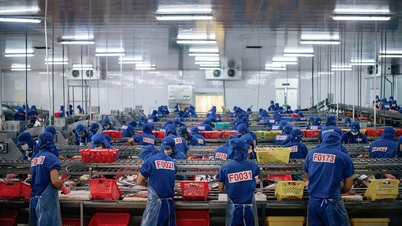
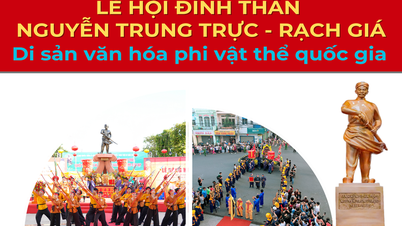
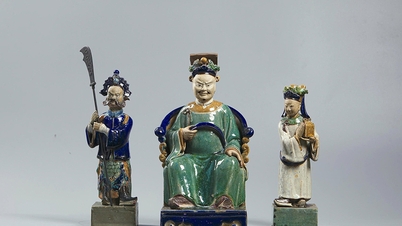



![[Video] TripAdvisor honors many famous attractions of Ninh Binh](https://vphoto.vietnam.vn/thumb/402x226/vietnam/resource/IMAGE/2025/10/16/1760574721908_vinh-danh-ninh-binh-7368-jpg.webp)



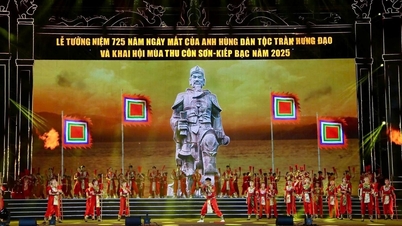

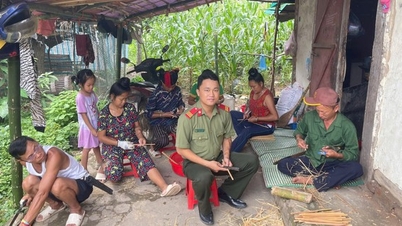

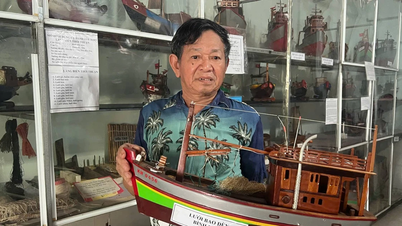




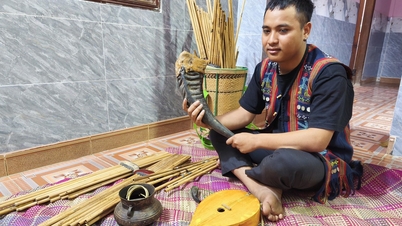
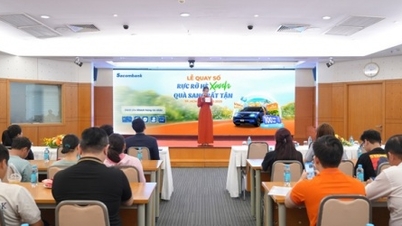






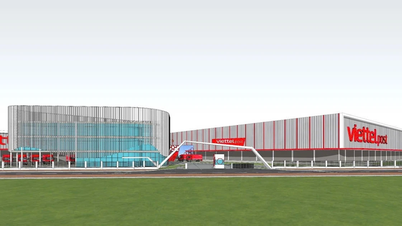
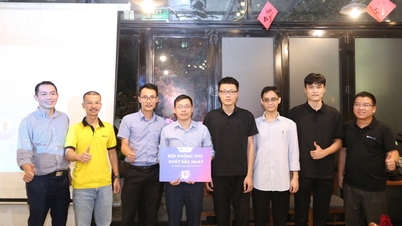






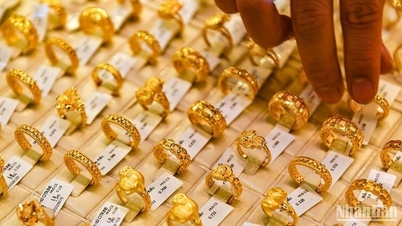
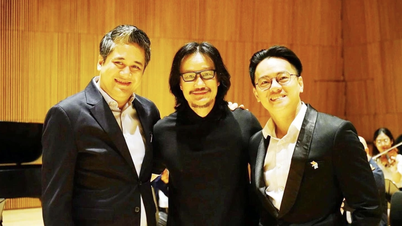


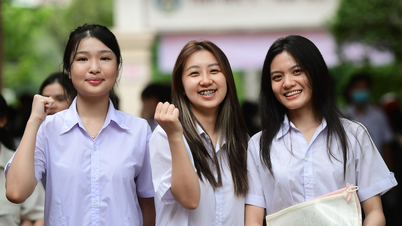

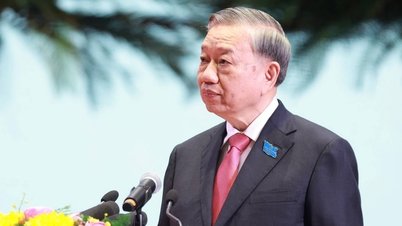

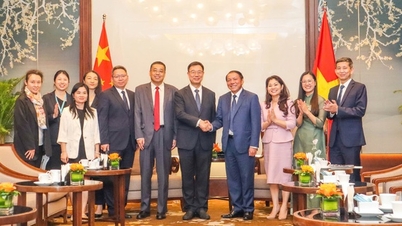

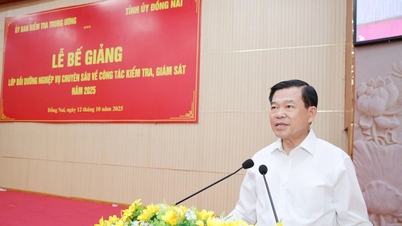

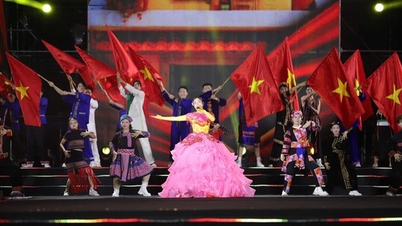
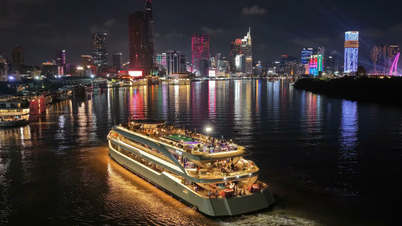
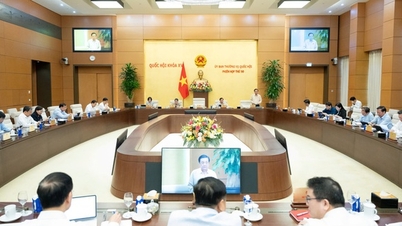
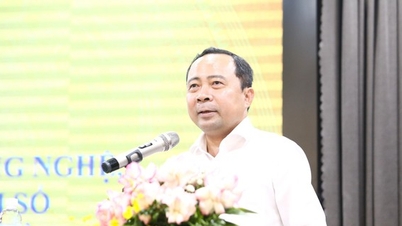

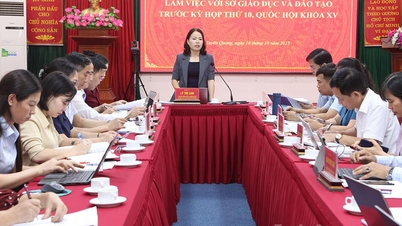



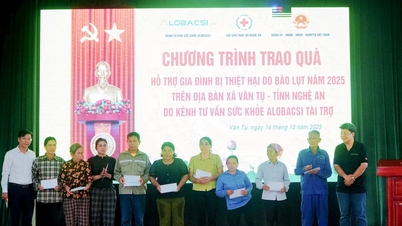

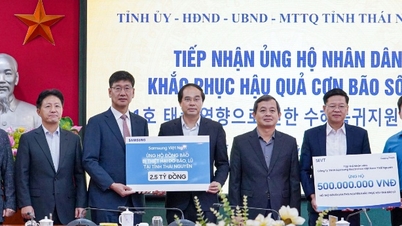
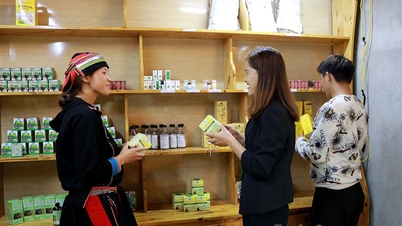
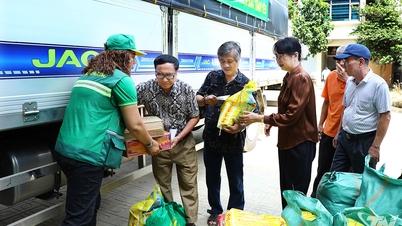











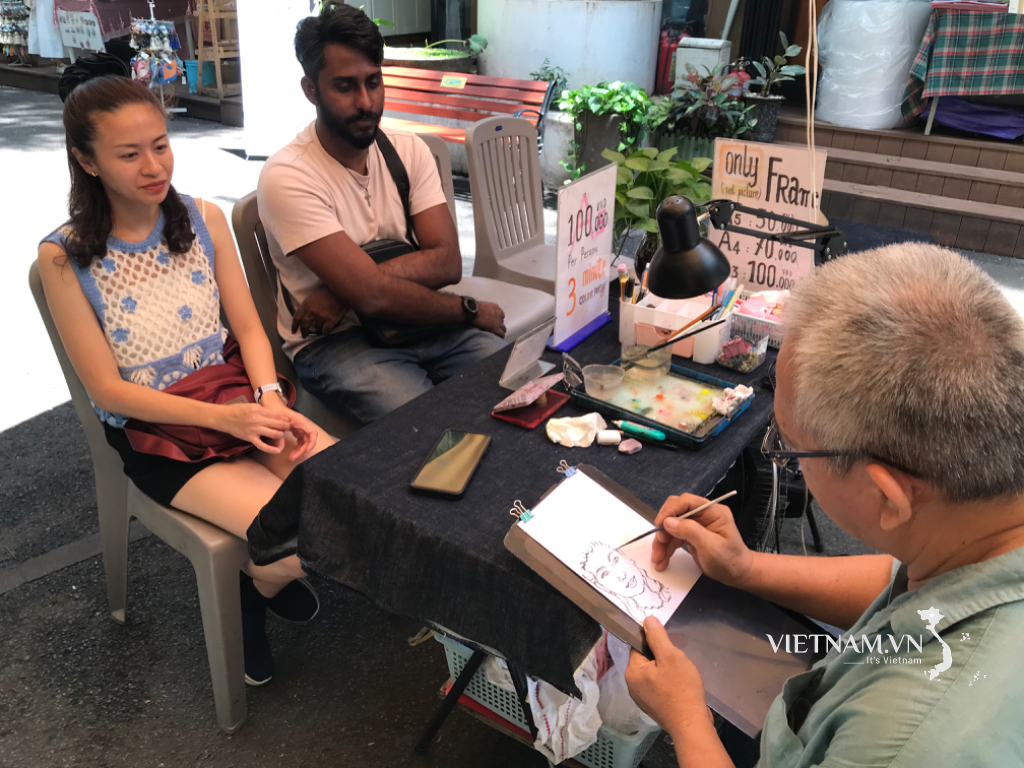
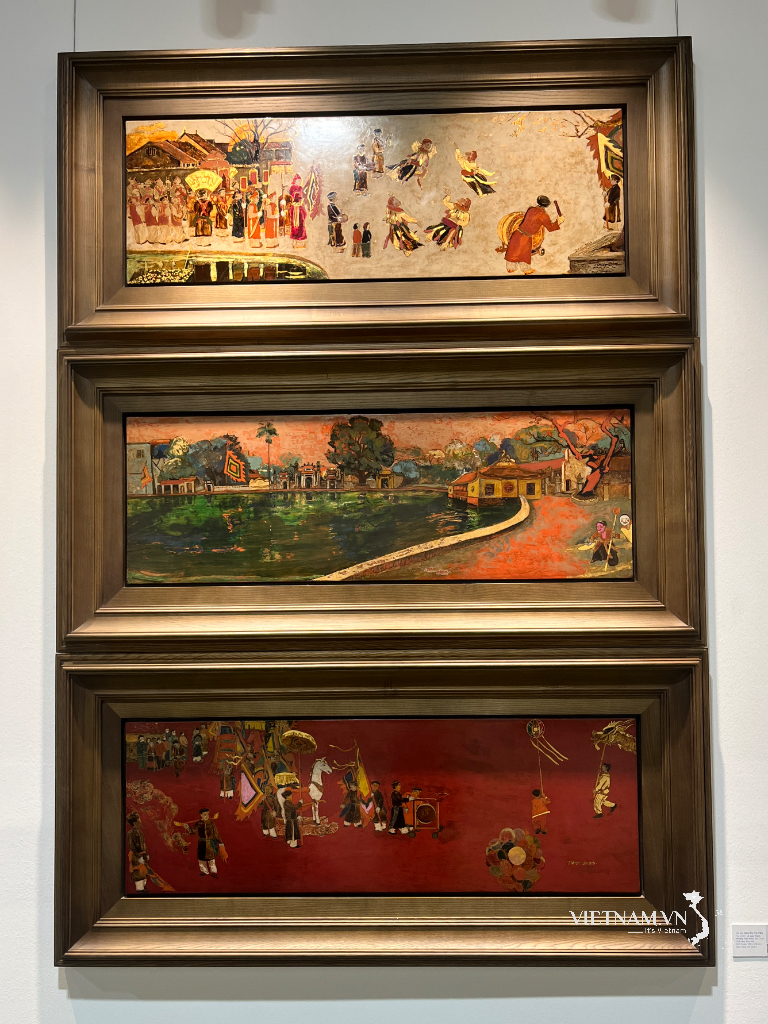
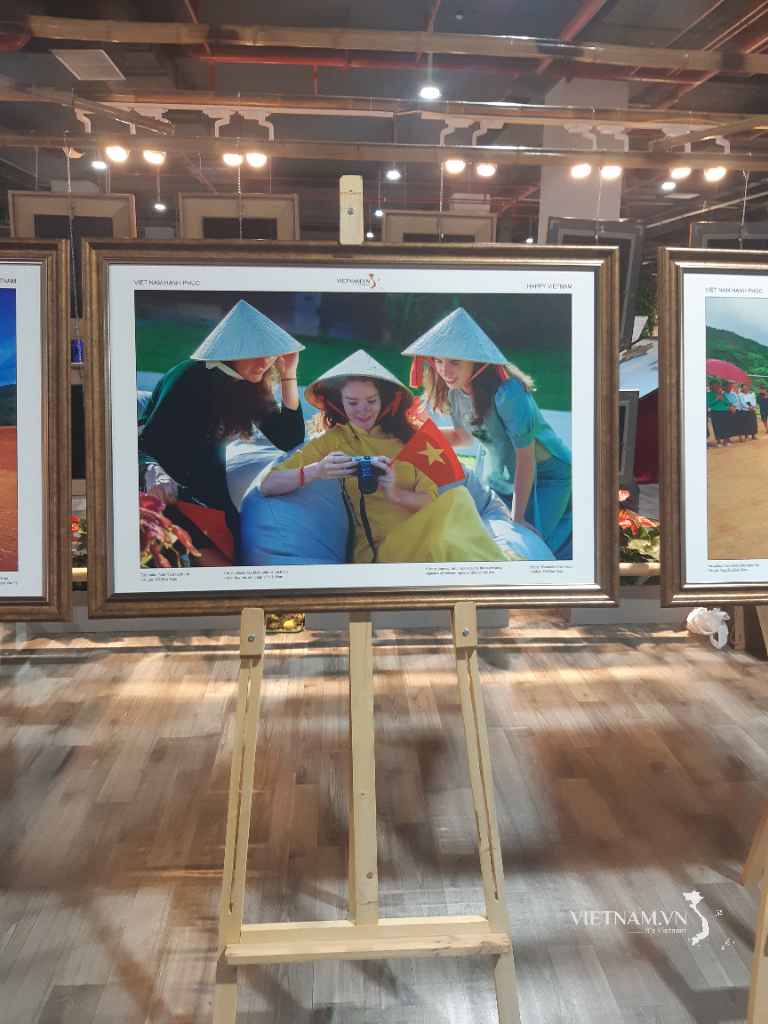

Comment (0)